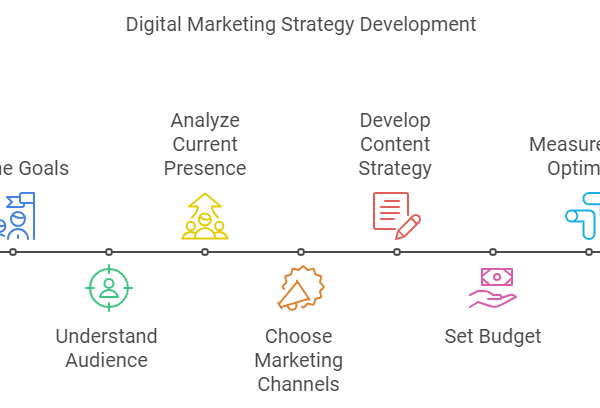
For centuries, our society has been built upon a rigid binary understanding of sex and gender, classifying individuals as either male or female. However, this binary fails to capture the rich tapestry of human diversity, particularly when it comes to intersex individuals.
Born with traits that fall outside of the traditional “male” or “female” definitions, intersex individuals challenge these rigid categories and offer a glimpse into a world beyond binaries. But what does it mean to be intersex? And how do intersex individuals express themselves?
Defining Intersex
Intersex is a term used to describe individuals who are born with sex characteristics that do not fit neatly into the binary categories of male or female. This variation can manifest in several ways, including:
- Chromosomal variations: This refers to individuals whose chromosomes do not match the typical patterns associated with male (XY) or female (XX). For example, someone with Klinefelter syndrome (XXY) or Turner syndrome (X) is considered intersex.
- Gonadal variations: Individuals may have gonads (ovaries or testes) that are not typically associated with their assigned sex at birth. For instance, someone with ovaries and some testicular tissue is intersex.
- Anatomical variations: This refers to individuals whose genitals do not appear typically male or female. Examples include individuals with ambiguous genitalia or those with conditions like hypospadias or clitoromegaly.
It’s important to remember that intersex is not a binary condition in itself. The spectrum of intersex variations is vast and diverse, with individuals experiencing different combinations of these characteristics to varying degrees.
Expression and Identity
The way intersex individuals choose to express themselves varies greatly. Some may identify with their assigned sex at birth, while others may choose to identify as intersex, non-binary, or somewhere else on the gender spectrum. This decision is deeply personal and depends on individual experiences, cultural contexts, and personal preferences.
Many intersex individuals choose to remain private about their intersex status, preferring to keep their personal medical information confidential. Others choose to be open and advocate for intersex visibility and acceptance. Regardless of their choice, intersex individuals deserve respect and understanding.
A World Beyond Binaries
The existence of intersex individuals challenges the very foundation of our binary understanding of sex and gender. It compels us to move beyond rigid categories and embrace the spectrum of human diversity.
By understanding and accepting intersex individuals, we can create a more inclusive and understanding society. We can dismantle harmful stereotypes and misconceptions, and foster a world where everyone feels safe and valued for who they are.
Here are some ways we can all contribute to a more inclusive world for intersex individuals:
- Educate ourselves and others: Learn about intersex variations and challenge the binary understanding of sex and gender.
- Use inclusive language: Avoid gendered assumptions and use inclusive language that acknowledges the spectrum of gender identities.
- Respect individual choices: Respect the right of intersex individuals to identify and express themselves as they choose.
- Support intersex advocacy: Support organizations working to promote intersex visibility and rights.
By taking these steps, we can create a world where intersex individuals are embraced and celebrated for their unique contributions to the human tapestry. Remember, the richness of human diversity lies not in conformity, but in embracing the spectrum of identities and expressions that make us who we are.
For centuries, our society has been built upon a rigid binary understanding of sex and gender, classifying individuals as either male or female. However, this binary fails to capture the rich tapestry of human diversity, particularly when it comes to intersex individuals.
Born with traits that fall outside of the traditional “male” or “female” definitions, intersex individuals challenge these rigid categories and offer a glimpse into a world beyond binaries. But what does it mean to be intersex? And how do intersex individuals express themselves?
Author Section:
Suzzain is a passionate and insightful blogger, known for her captivating writing style and keen eye for detail. With a knack for storytelling, Suzzain takes readers on immersive journeys through her blog. Check out her pieces of information on sites like The Business Mantra, Real Business Wealth, Real Business Commerce, Top Business Formula, Business Wealth Magazine, Digital Marketing Journals, Search Engine Desk, Blogger Outreach Media, Digi Bot Media, Global Business Journals, Market Your Business











